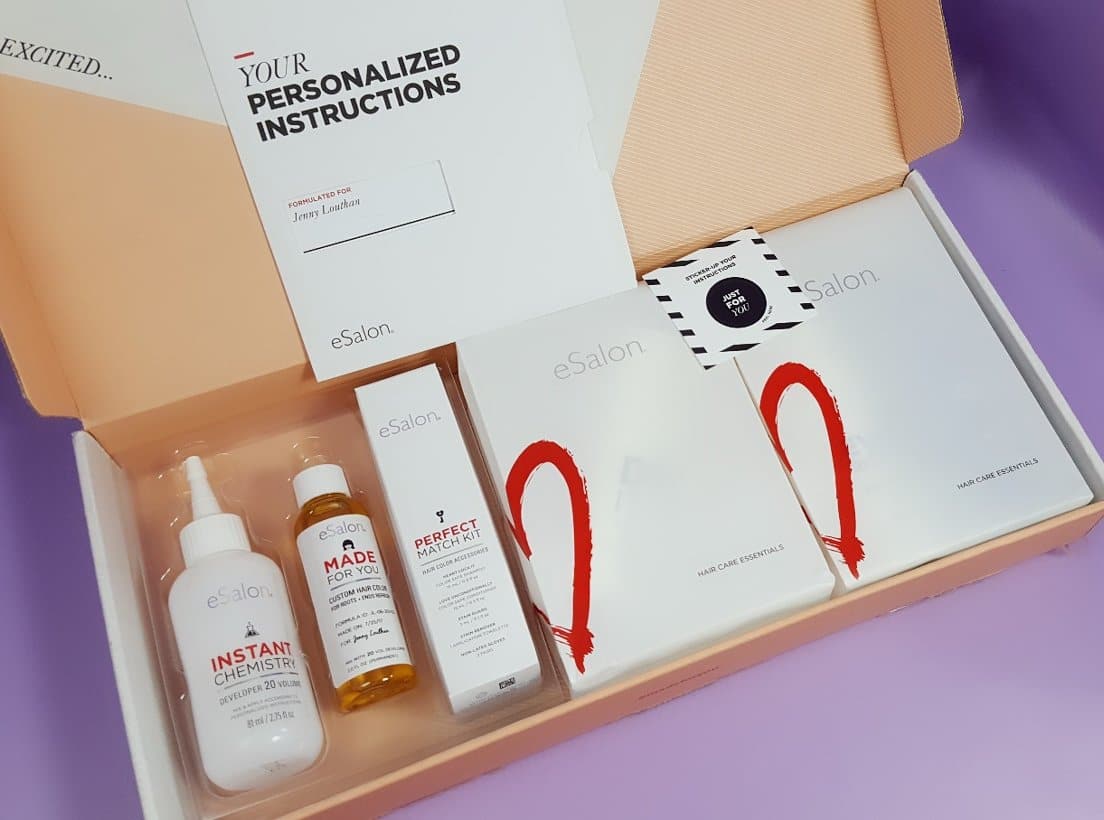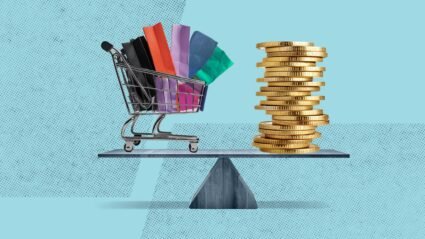There is no silver bullet to a great marketing campaign. In order to see success, it takes planning, strong execution, and the ability to assess and adapt. But if I had to give a new marketer (and even some seasoned ones) a single piece of advice to keep in mind, it would be this….
Don’t forget to put on your “consumer hat.”
As marketing experts, we focus endlessly on our business goals: we set our KPIs, we drive towards profitability, and we think about customer lifetime value. We have numerous ad unit types, targeting strategies, attribution models, and messaging tactics in our arsenal. It is easy to forget, however, that we are also consumers with key insights from our own lives from which to draw. It is amazing how often brands of all sizes overlook this key source of feedback.
There are plenty of examples – and they all sound like common sense – but take the time to analyze your own campaigns while wearing your consumer hat, and you might be surprised:
STEP 1 – Think About What Frustrates YOU As A Consumer:
Slow Site Speed:
Like a lot of people, I become impatient if a site doesn’t load quickly enough on my phone. Page speed isn’t just a ranking factor for SEO; it hugely impacts the overall user experience of your site, leading to a strong correlation between additional seconds of lag and a drop in conversion rate. A one-second delay in page response can result in a 7% reduction in conversions.[1] For an ecommerce site making $20k a day, that single second delay could potentially cost that business $510k across the year. Plus, it’s really annoying. Make page speed a focus, please!
Inaccurate Information:
From independent stores to multinational chains, people often check out a place online before visiting in person, and local listings play a key part in the location vetting process. Arriving at a store only to realize it doesn’t open for another hour doesn’t feel good. Take the time to claim your local listings, make sure there aren’t duplicate listings that could confuse would-be customers, add the correct hours in, and check that the map pin drops in the right place. These are all local ranking factors – but more than that, they play a key part in the customer experience. Take a moment to make sure they are done right.

Exorbitant Shipping Costs:
Like many people (an estimated 80 million), I have Amazon Prime, which has conditioned me to expect free shipping. (Obviously, it isn’t actually “free” as I pay the annual membership, but it feels free each time I make a purchase.) I know, as a consumer and in business, that not everyone can afford to ship for free, but there are certain things that can feel unjust and cause me to abandon a purchase. See if the following sentiments sound familiar:
- If you are shipping two items together, I should not have to pay the same as if you are shipping two items separately
- If the items are very light, it shouldn’t cost that much to ship them
- I expect you to give me alternatives – ranging from cheaper, but taking longer, to more expensive for quicker shipping; let me decide if I’m willing to pay the premium
- I hate feeling like a brand is clawing back margin on the shipping when you’ve lured me in with a discount on the item
The main driver here should be to just do what you can to have as close to a straight pass-through on the shipping costs as possible. Try to make sure that the consumer (and you with your consumer hat on) feels that the shipping cost is fair and proportionate.

Side note – Data also shows that shoppers prefer free shipping to fast shipping, with 63% of US internet users listing free shipping as a factor that influences when and where they shop online, versus 23% that listed next-day or same day delivery.[2]
STEP 2 – Think About What You Love As A Consumer
Convenience:
Convenience is the primary driver of innovation across practically every vertical at present. People (including you) make decisions based on what it costs them – in terms of effort, money, and time. So many marketers focus on the “money” saving, by way of discounts or promotions, rather than making a process less cumbersome and saving the customer time and effort. Reimagining a traditionally laborious process, whether it be checking out online, purchasing in store or just getting answers when you need them, is key to having happy customers. Think of the trending strategies new players are using to innovate within competitive industries, or that established names are turning to in order to drive growth (or prevent losses).
- Buy Online – Pick Up In Store is more convenient if you need a product quickly.
- Buy Online – Return In Store could well be easier than finding return packaging, and shipping it back yourself.
- Subscription Fashion Box is more convenient than traipsing around endless stores and trying on a load of different outfits.
- In-Store Technology, such as tablet apps and web-connected store systems, can save customers time in store.
- Augmented Reality is playing an increasingly large part in specific verticals. 60% of US internet users would like to shop for furniture via augmented reality[3] – which makes sense. It is far more convenient to picture that sofa in your home via AR, rather than buy it, lug it up the driveway and then decide you don’t like it.
Put on your consumer hat. How can you improve the convenience factor of what you offer?
Convenience Leads To Habit & Loyalty:
Taking the above a step further, the easier a process is, then the easier it is to fully ingrain yourself into the customer’s everyday life. You make yourself a habit.
The Starbucks app is the perfect illustration. The app layers in multiple levels of convenience with incentivized loyalty. As an app user, I can upload gift cards and money to pay without cash or cards. I can order before I hop in the car (or when I get to the store and see a long line) and jump the queue. I earn stars leading to free rewards. I am invested in app usage – much as the Prime subscriber is invested in Amazon. It would be to my detriment to break the habit and go somewhere else. I wouldn’t earn my stars. I wouldn’t be making the most of my Prime membership.
Make your customer experience as seamless as possible. Think about how you can overcome the most inconvenient elements on your customer’s behalf.
Here’s an example of overcoming inconvenience:
When I think of a brand I love, it’s usually the small touches that make the difference – those elements that show someone has actually thought about the customer. A good example is eSalon.[4]
eSalon run a subscription service whereby you can select a customized hair color and have the coloring kit delivered to you at a cadence of your choosing. The process starts with an in-person visit for a color session and lesson with an eSalon colorist. They ask you a bunch of questions, custom blend a made-for-you hair color, apply it, style it, and teach you how to color at home like a pro.
eSalon’s approach is smart for a number of reasons. From a business perspective, teaching someone how to apply the color and giving pro tips and guidance on selecting the right color helps nullify reasons they might cancel in the future (“it’s too difficult,” “I don’t like the color,” etc.). From a consumer perspective, it makes you feel like you’re getting a bargain as the coloring session and lesson is significantly cheaper than a salon trip. It also pampers the customer and makes them feel special. (Pampering is a notable exception to the timesaving convenience piece – a customer spending time on his or herself is a good thing.) Finally, the customer gets an extra few freebies at this intro session, like a mixing bowl, coloring brush, timer (including battery), and hair clips. These are all of good quality, and make the at-home hair coloring process smoother. Basically, eSalon has thought to itself, “how do I make the at home hair-coloring process easier?” and delivered complimentary items that do just that.

Next comes the subscription box color kit delivery, the details of which are super easy to manage online. Every box comes with customized instructions, extra touches like two sets of gloves, stain protector and remover sachets, shampoo and conditioner, plus your custom color of course (with your name printed on it). The cherry on top is a small sticker so you can stick your instructions up on the mirror as you dye your hair. That sticker costs eSalon next to nothing – but it is genius.
Someone took the time to put his or her consumer hat on and go through the process of using the product in painstaking detail. That attention to detail and consumer-focus is everything. It made me recommend eSalon to my friends, family, and coworkers. It made me include them in this very blog post and tell all of you. Turning your customers into brand advocates is the best marketing campaign of all.
Side note on stickers – now I come to think about it (purely from my own consumer perspective of course – I still have my hat on), purposeful stickers might have the highest ROI of any marketing tactic. Ralphs, the Kroger supermarket chain, gives my two-year-old daughter a cute little sticker every visit that has a smiley face and says “Future Ralphs Customer” on it. She loves that sticker. I love the people who give her that sticker. I spend hundreds of dollars in that store on a monthly basis. The “purposeful” clarification would be that there has to be a point to the sticker. The eSalon sticker is functional; the Ralphs sticker makes the customer’s child happy. A sticker with your logo on it to an adult may not have the same impact.[5]
Step 3 – Put That Hat On:
In summary, when you think like a consumer, you can drive significant value for your campaigns. Don’t know where to start? It’s actually very easy. Look at your overall marketing experience and strategies and ask yourselves these questions:
- Would I care about this?
- Would I purchase based on this offer?
- Would I read and be interested in this piece of content?
- If I had never heard of this brand – would I trust them based on this ad or website experience?
- Would I feel that this shipping price is appropriate?
- What do I look for as a consumer that we are missing here? (Information, reviews, photos)
So put your consumer hat on right now and be an even better marketer.
[1] According to studies conducted by Gomez.com and Akamai.com
[2] Source: eMiles survey as cited in press release, Oct 11, 2017 – via eMarketer
[3] Source: Interactions, “The Impact of Augmented Reality on Retail,” Oct 18, 2016 – via eMarketer
[4] eSalon isn’t a Wpromote client – I just really like them!
[5] I suggested to a colleague that a branded sticker to an adult would have no impact at all and she challenged me with some great examples of why I was wrong. Also – now I think about it – I see so many people around the office with branded stickers all over their laptops, that I’m sure she’s right. Thanks Rachel!







Responses